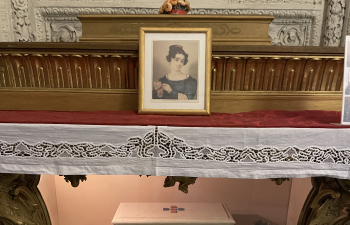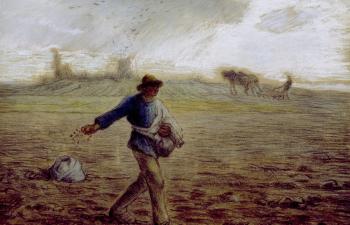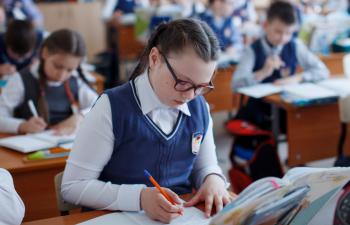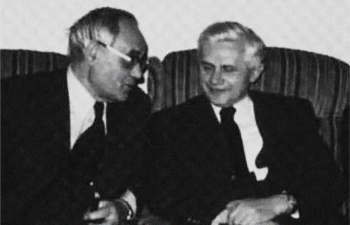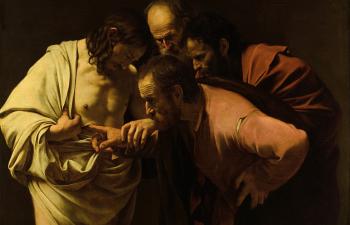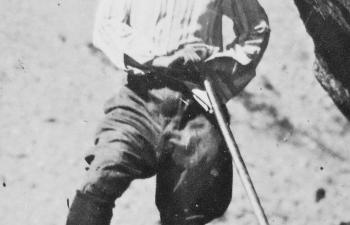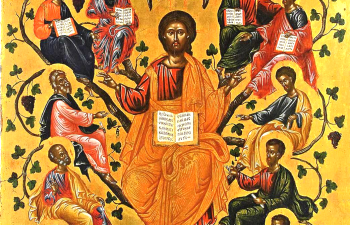This article has been written in response to many questions about on-line formation for catechists. It is clear that this is becoming an increasingly important area for discernment, especially in the pursuit of new methods for new evangelisation. (On-line programmes for catechist formation need to be distinguished, of course, from questions of the use of on-line resources for general adult education in the faith).
The questions that are raised take various forms: Is on-line formation for catechists effective? Is it better, or worse, than other forms of formation? Can an on-line programme fulfil the Church’s pedagogical requirements? What can it do and what can it not do? When and how should on-line programmes be used? How might on-line formation be developed and supplemented so that it complies as fully as possible with the Church’s guidelines, so that its potential to assist catechetical formation is maximised?
We can be clear from the beginning that the General Directory for Catechesis strongly promotes new forms of media for presenting the Gospel message:
“The media has become essential for evangelisation and catechesis. In fact ‘the Church would feel herself guilty before God if she did not avail herself of those powerful instruments which human skill is constantly developing and perfecting’ …In them she finds a new and more effective forum, a platform or pulpit from which she can address the multitudes.”[i]
What exactly does this mean in practice? The Church has provided us with exacting and subtle guidance and direction. An overarching principle that this article keeps in mind, from GDC 237, is that the pedagogy used for the formation of catechists, ‘needs coherence with the pedagogy proper to the catechetical process. It would be very difficult for the catechist in his activity to improvise a style and a sensibility to which he had not been introduced during his own formation’.
The rest of this online article is available for current Guild members.
This article is from The Sower and may be copied for catechetical purposes only. It may not be reprinted in another published work without the permission of Maryvale Institute. Contact [email protected]




